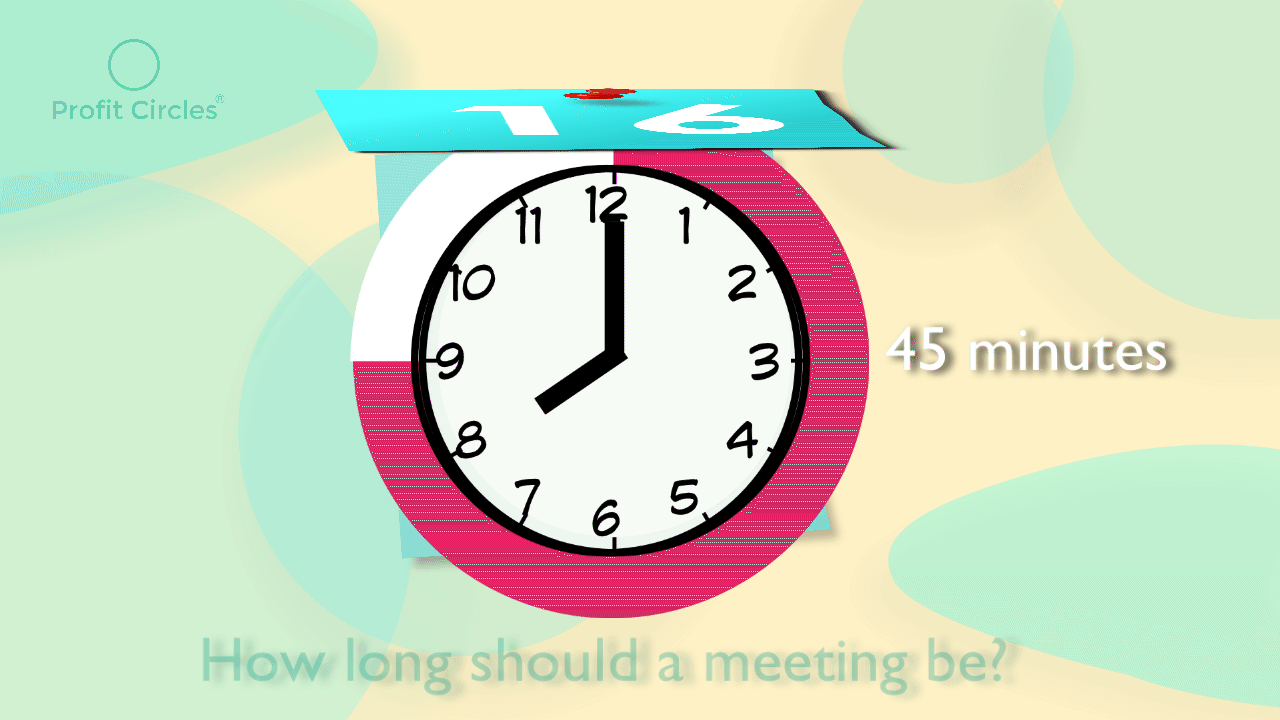QUESTION OF THE DAY
HOW LONG SHOULD A MEETING BE?
45 minutes
Because latecomers, introductions, and agenda will take you the first 15 minutes while no one will concentrate for more than 30 after that.
In 30 minutes, you can cover a maximum of two topics if you have prepared in advance and shared materials. Make sure the right people are attending and encourage participants to come ready and familiar with issues. Keep to the agenda, so you don't drift to different activities and drop the attention of the participants.
Watching the video above - how long are your meetings? Do you accomplish what you need? Are you making decisions during your meetings?
We believe that a weekly checkup representing 15 to 20 minutes of the meeting can be pushed to the preparation materials or video update.
If you need to cover more than two topics, don’t make meetings longer. Schedule a sequence of meetings or follow-ups 15 to 20 minutes apart. The participants get a break to catch up with urgent items. This allows you as well to invite only relevant parties to given topics and not drag people from their other duties for a whole day. It forces you to stay on time and schedule, making the entire meeting experience structured and concise.
To avoid unproductive meetings, use the 20/80 Pareto principle when you prepare. For every 20 minutes of a meeting, spend 80 minutes preparing to make it productive (key points, discussion flow, and supporting materials). At Amazon, every meeting starts with a quiet 15 minutes for participants to quietly read materials to synthesize and understand the key points discussed.
The science to organize and lead a meeting is well documented. Here are a couple of relevant links:
SHORTER MEETINGS GET MORE ACCOMPLISHED
Our Solution helps you to track your time investment between meeting and focused work to strike a right balance for top performance.
Success is never solely down to creative ideas or unique products or services. The difference between success and failure is actually down to the fundamentals of how you operationalize your business. Check our guide to the best operational and transformation practices, that people love.
THE SECRETS OF RUNNING BUSINESS WITH EASE
MORE TIPS?






